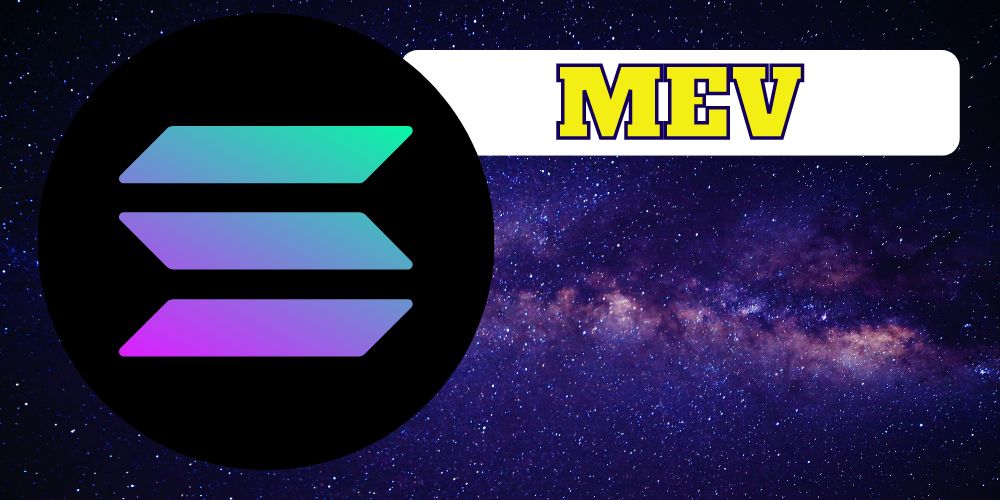Maximal Extractable Value (MEV) on Solana, often termed as “Maximum Extractable Value,” refers to the additional profit that can be captured by reordering, including, or excluding transactions when producing a block on the blockchain. This concept has gained significant traction within Solana’s ecosystem, particularly due to the introduction of specialized infrastructure like Jito Labs.
Trade with Trojan bot on Solana to avoid MEV (our special link).
Key Concepts and Infrastructure
- Jito Labs: Jito Labs has been a pivotal player in the Solana MEV landscape, developing infrastructure aimed at both mitigating the negative impacts of MEV and optimizing its capture for validators and stakers. Jito Labs raised $10 million in Series A funding to support these developments, attracting investment from prominent entities such as Multicoin Capital and Solana Ventures (The Block) (Web3 Infrastructure for Everyone). Their main product, the Jito-Solana client, allows validators to participate in MEV opportunities by offering features like bundled transactions, which enhance the efficiency and profitability of transaction ordering (Figment).
- MEV Techniques:
- Arbitrage: This is a common MEV activity on Solana, where traders exploit price discrepancies across different decentralized exchanges (DEXs) like Raydium and Orca. These opportunities help maintain uniform pricing across platforms but can also congest the network due to the high volume of arbitrage bots (Helius) (Chainstack).
- Liquidations: Searchers identify and liquidate undercollateralized positions on DeFi platforms, earning a portion of the collateral as a reward. This helps maintain the solvency of DeFi protocols (Helius).
- Sandwich Trading: Although more common on Ethereum, sandwich attacks are also present on Solana. They involve placing two transactions around a target transaction to manipulate its execution price, though this practice has been reduced due to the lack of a native mempool in Solana (Helius).
- Mempool and Transaction Ordering: Unlike Ethereum, Solana does not have a native mempool, which means that searchers can’t easily front-run transactions unless they are validators themselves. Solana’s transaction ordering and execution model involve validators voting on transactions in a FIFO (First In, First Out) manner, which helps mitigate some MEV strategies but doesn’t eliminate them entirely (Chainstack).
Benefits and Challenges
- Efficiency and Profitability: The Jito infrastructure aims to make Solana more efficient by reducing network spam and optimizing block production. Validators running the Jito-Solana client can earn additional rewards from MEV, which are distributed to stakers as well (Figment) (The Block).
- Transparency and Reporting: Integrations like those from Figment have improved the transparency of MEV rewards. Figment provides detailed reporting on MEV earnings, distinguishing between traditional staking rewards and those derived from MEV activities, helping stakers better understand and optimize their returns (Figment).
Conclusion
MEV on Solana represents a growing and evolving aspect of its blockchain ecosystem, driven by innovative infrastructure like Jito Labs. While it brings opportunities for increased profitability, it also poses challenges in terms of network congestion and fairness. The ongoing development and integration of MEV-focused tools aim to balance these aspects, ensuring a more efficient and equitable blockchain environment.
Watch more on Solana MEV here:
P.S. The above links might be affiliate. Nothing here is financial advice.


Leave a Reply